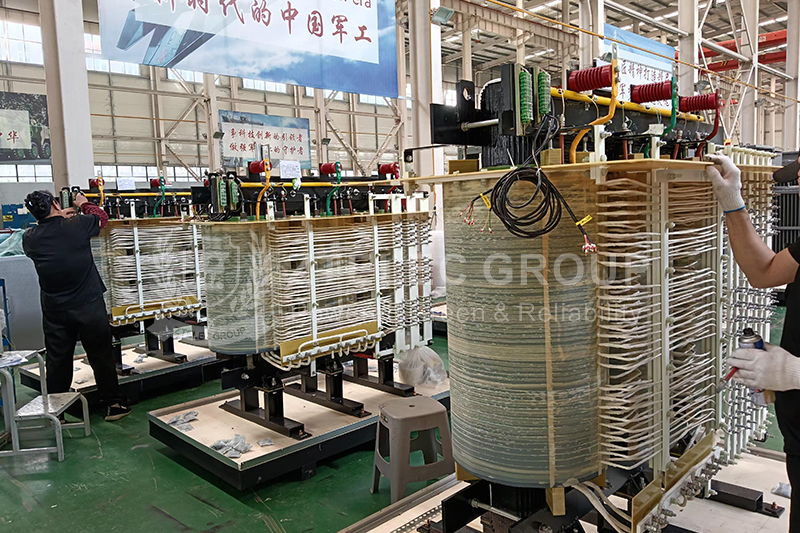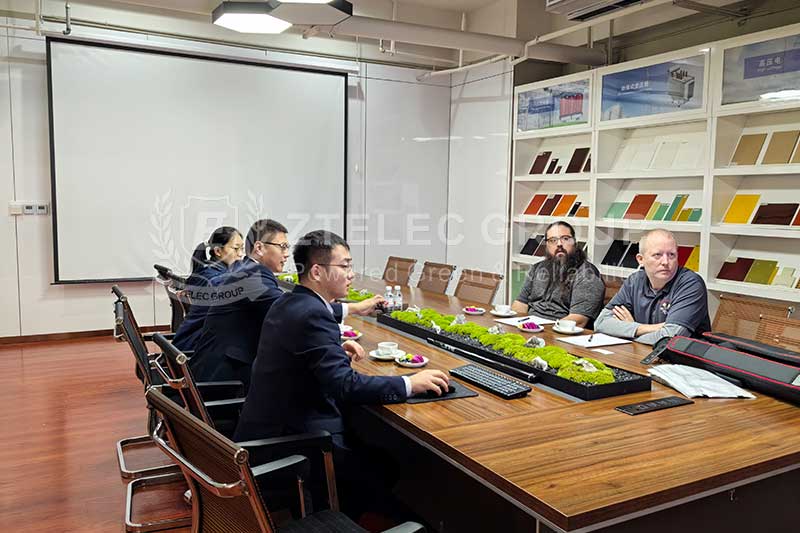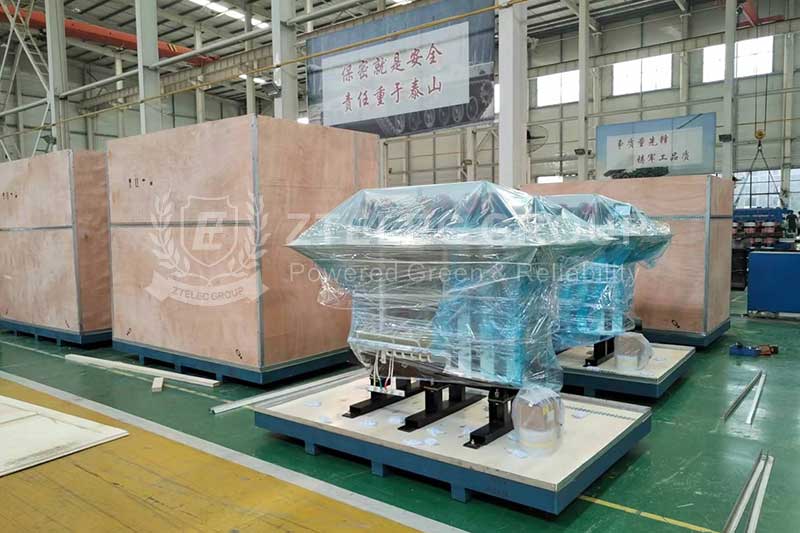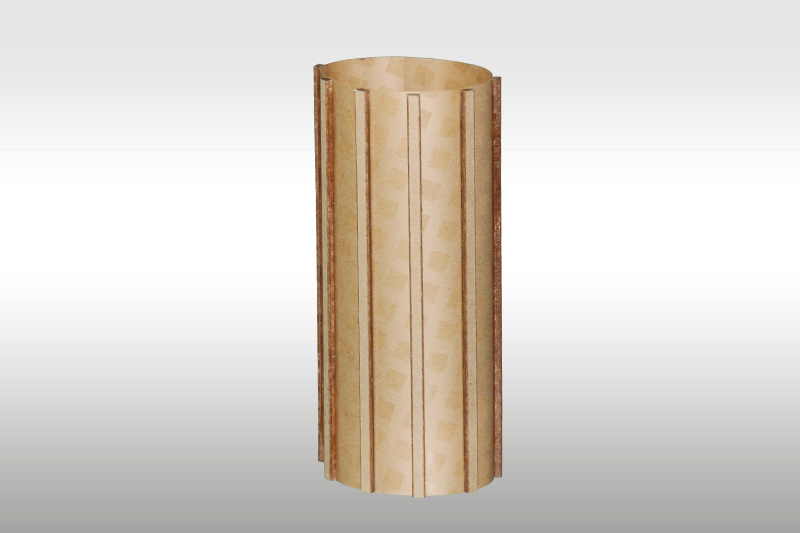Comparison between electrical insulation material pom board and fr4
2024-01-03 17:00 | By: ZTELEC-www.ztelecgroup.com | 68click
Comparison of pom board and fr4
Polyoxymethylene (POM) board and FR-4 (Flame Retardant-4) are two distinct materials with different characteristics and applications. Let's compare them in terms of key properties:
POM Board:Material Composition:
POM, also known as acetal or polyacetal, is a high-performance engineering thermoplastic.
It belongs to the family of polyoxymethylenes and is characterized by its high stiffness, low friction, and excellent dimensional stability.
Properties:
Mechanical Strength: POM has high mechanical strength, stiffness, and toughness.
Low Friction: POM exhibits low friction, making it suitable for applications where smooth movement is essential.
Chemical Resistance: It is resistant to chemicals, oils, and solvents.
Dimensional Stability: POM has excellent dimensional stability, maintaining its shape even in changing environmental conditions.
Applications:
POM is commonly used in precision engineering components like gears, bearings, and other mechanical parts.
It is utilized in applications where low friction, high stiffness, and chemical resistance are critical.

FR-4:Material Composition:
FR-4 is a composite material composed of woven fiberglass cloth impregnated with an epoxy resin binder. The "FR" stands for flame retardant.
It is a type of electrical-grade laminate known for its flame resistance and electrical insulating properties.
Properties:
Electrical Insulation: FR-4 is an excellent electrical insulator, making it widely used in the production of printed circuit boards (PCBs).
Flame Retardancy: FR-4 is designed to be flame retardant, ensuring a higher level of fire resistance compared to standard epoxy materials.
Mechanical Strength: It provides good mechanical strength and dimensional stability.
Thermal Resistance: FR-4 has good thermal resistance, which is important in electronic applications.
Applications:
FR-4 is primarily used in the electronics industry for manufacturing PCBs. It serves as the base material for PCBs, providing insulation and mechanical support for electronic components.
It is widely employed in various electronic devices, from consumer electronics to industrial equipment.
Comparison:
Primary Use:
POM is mainly used in mechanical and engineering applications where its high stiffness, low friction, and chemical resistance are valuable.
FR-4 is predominantly used in the electronics industry for PCB fabrication, offering electrical insulation and flame-retardant properties.

Mechanical vs. Electrical Applications:
POM is chosen for its mechanical properties, making it suitable for components subject to mechanical stress.
FR-4 is tailored for electrical applications, providing a stable and insulating platform for electronic circuits.
In summary, POM and FR-4 serve different purposes and are chosen based on their specific properties that align with the requirements of the intended applications. POM excels in mechanical applications, while FR-4 is essential in the field of electronics and PCB manufacturing.
tags:Lightning ProtectionOverload ProtectionShort Circuit Protectiontransformer safety10kV oil-immersed transformer
- more+releated article
- 2025-10-21Application of K Factor Transformer
- 2025-10-21Detailed explanation about transformer model w
- 2025-10-2010kV Oil-Immersed Transformer Safety: Lightnin
- 2025-10-20What are The Advantages of Phenolic Cotton Clo
- 2025-10-17Are Three-Phase Isolation Dry-Type Transformer
- 2025-10-17G10 Epoxy Sheet: Choosing the Right Specificat
- 2025-10-1610kV Oil-Immersed Transformer Operation Inspec
- 2025-10-163240-B Epoxy Phenolic Glass Fiber Cloth Lamina
- 2025-10-15G10 Epoxy Sheet: The Preferred Insulation Mate
- 2025-10-15Analysis of Energy-Saving and Noise Control Te





